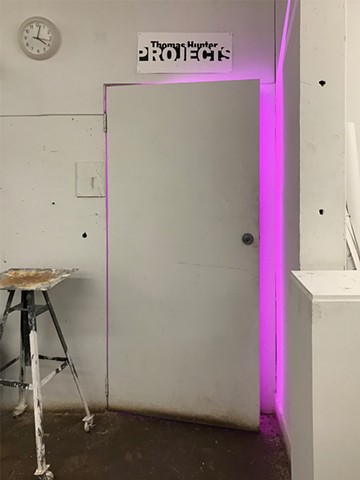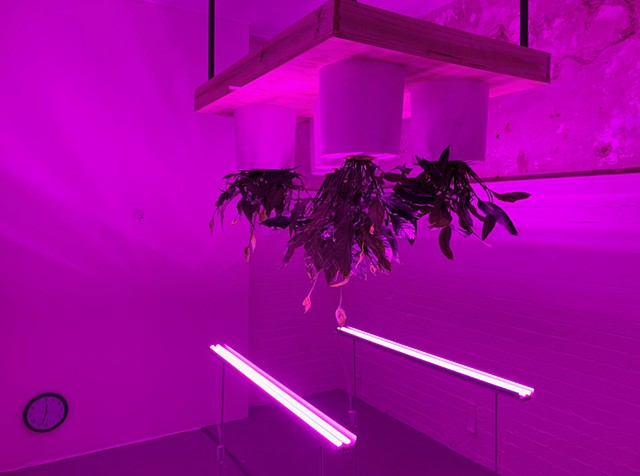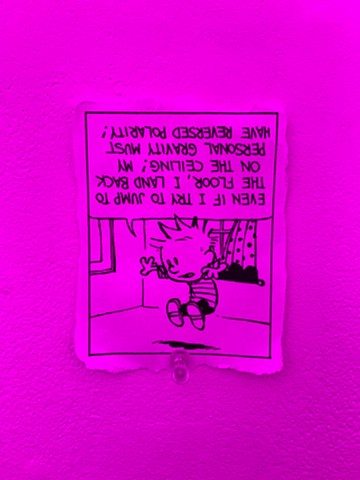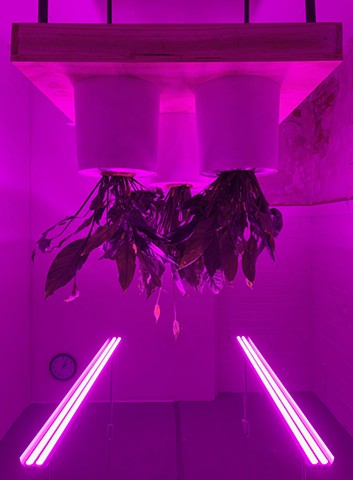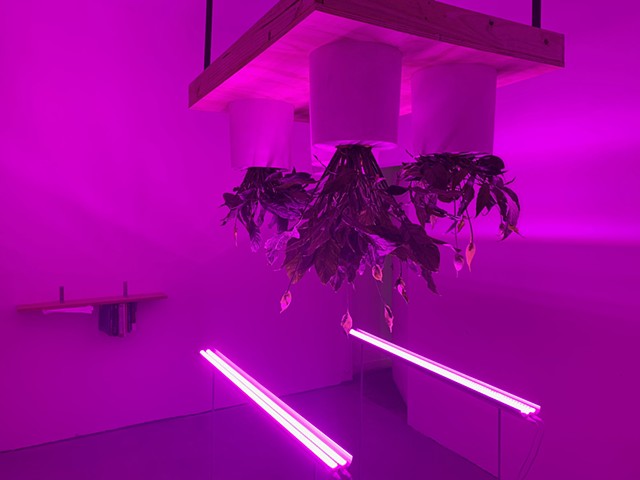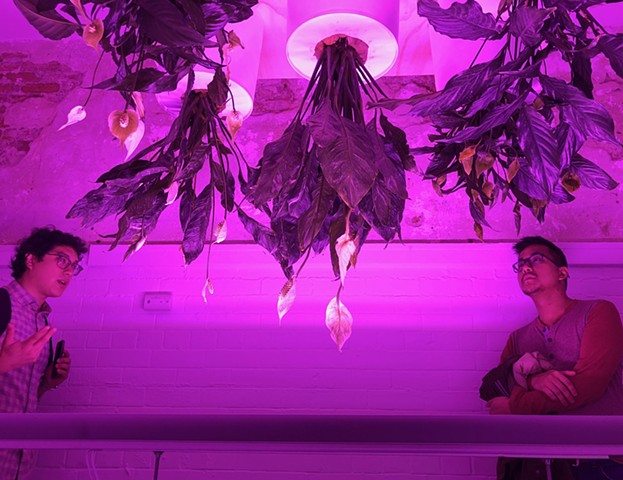What do you call the world?
What do you call the world?
Christopher Lin
October 7 - October 28, 2018
Thomas Hunter Projects
Hunter College
“Where do you come from?”
“From the South.”
“How is Practice there these days?”
“There is extensive discussion.”
“How does that compare to me here planting the fields?”
“What can you do about the world?”
“What do you call the world?”
- from Shoyo-roku (Book of Equanimity)
Thomas Hunter Projects is pleased to present an exhibition by 2015 MFA Alumnus Christopher Lin. In What do you call the world?, Lin presents an installation addressing a koan from Shoyo-roku (Book of Equanimity) posing the paradoxical question as its namesake. In the parable, two teachers briefly discuss their practices upon meeting. One, who favors discussion, poses the question, “What can you do about the world?” In response, the other posits, “What do you call the world?”
What can we do for the world in which we exist? How do we define what we consider our world? Though the Shoyo-roku was written in the 12th century by Zen Buddhist monk Hongzhi Zhengjue, these questions still linger at our minds today. In our contemporary lives, this question of where we draw the boundaries of our reality is more blurred than ever with technology and the internet age connecting distant strangers instantaneously and spawning infinite digital worlds while our personal spheres shrink to ever smaller, concrete and isolated spaces. Where then is there space for the simplest of human practices? What of purely being, existing, and thriving? How does one do this today?
In the isolation of a small, underground room, Lin has illustrated this paradox. Gravity has been flipped creating a surreal sensation. Bathed in the magenta glow of modern grow lamps, Spathiphyllum, or peace lilies, grow downwards despite the lack of natural light. A clock runs in reverse.

